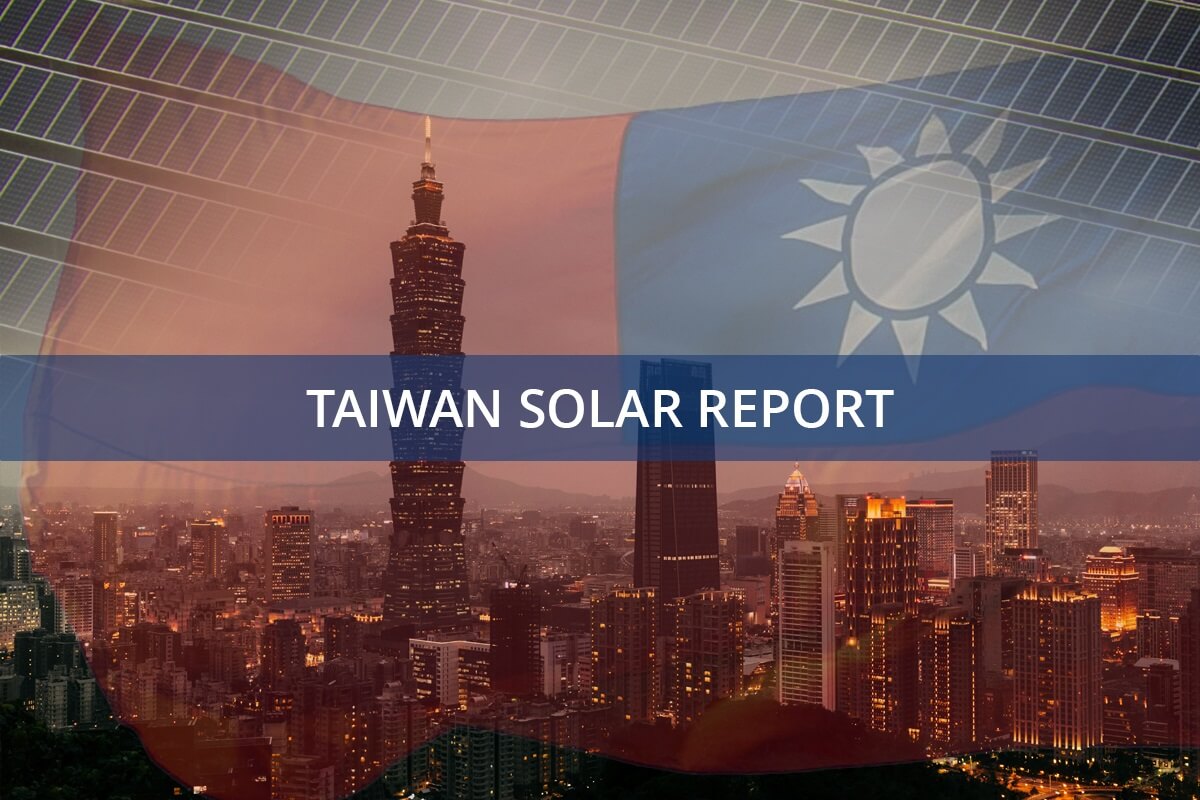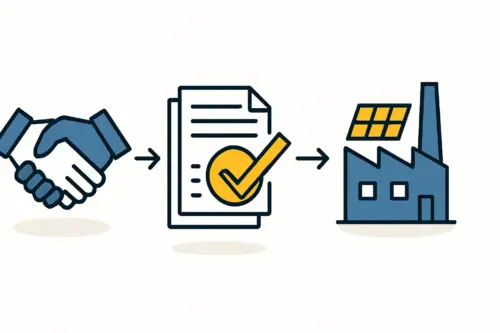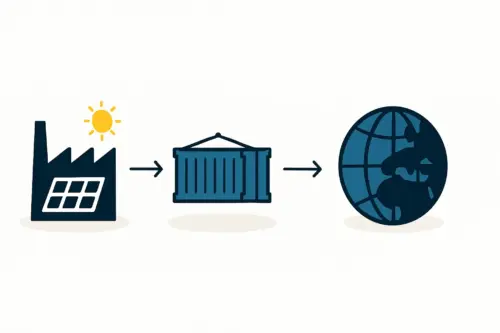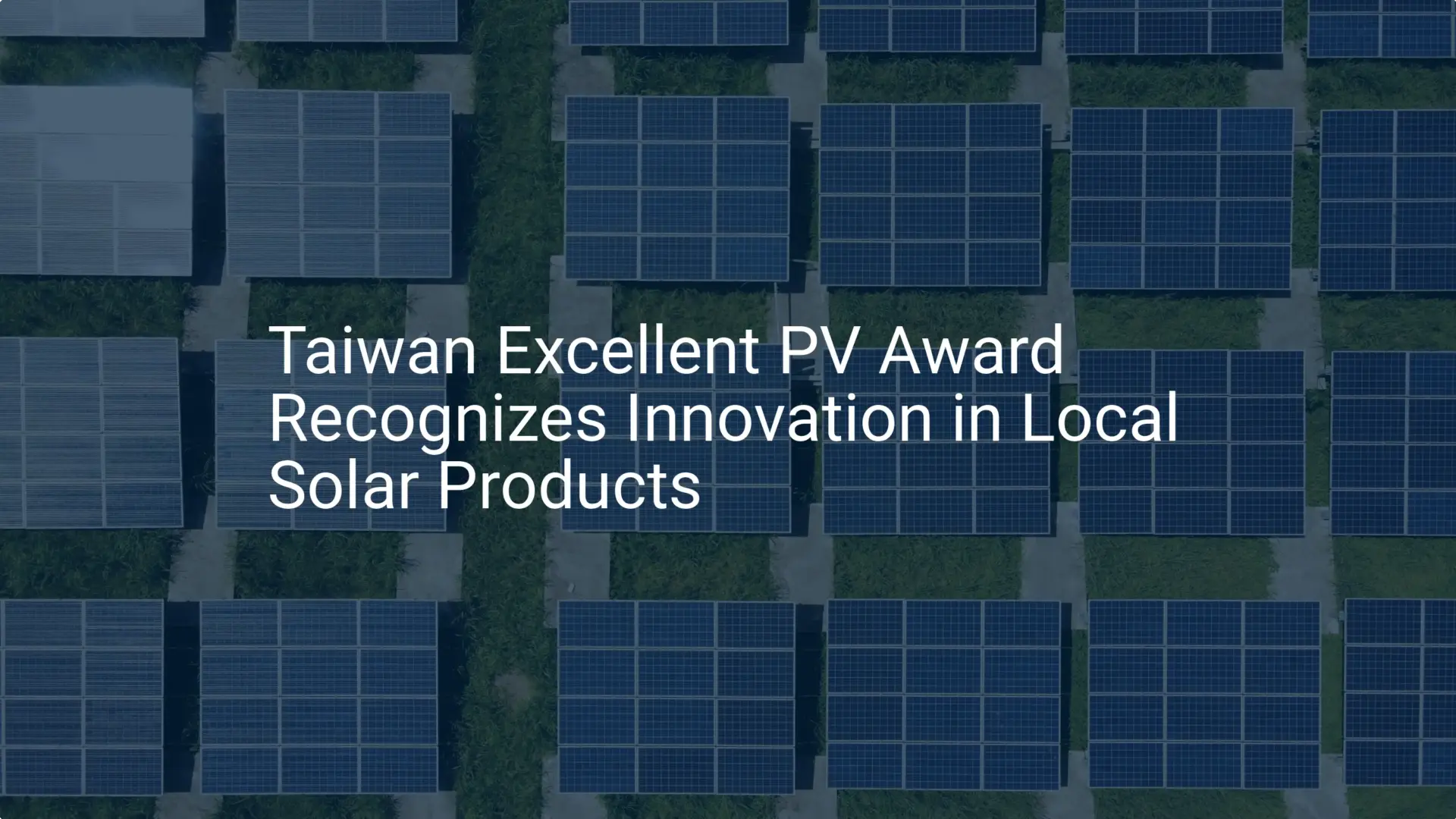An entrepreneur planning to establish a solar module assembly line in Taiwan might reasonably assume that a global technology hub would offer a complete, localized supply chain. The island is renowned for its semiconductor and electronics manufacturing, and it has historically been a world leader in solar cell production.
The reality of sourcing all necessary components locally, however, is more complex. While Taiwan excels in producing the most technologically advanced component—the solar cell—other critical parts like glass and frames present a different set of challenges.
This guide offers a clear-eyed view of Taiwan’s domestic supply chain for key solar module components. It’s designed to help business professionals and investors understand the local sourcing landscape, weigh the benefits of domestic procurement against imports, and make informed strategic decisions for their manufacturing ventures.
The Strategic Importance of Component Sourcing
The success of a solar module manufacturing plant depends on more than just the quality of its assembly line; it’s fundamentally tied to the reliability, cost, and quality of its raw material supply chain. A miscalculation in sourcing strategy can lead to production delays, cost overruns, and a final product that is uncompetitive in the market.
For an investor in Taiwan, the central question is less a simple ‘make-or-buy’ decision and more a strategic ‘source locally vs. import’ analysis for each key component. Understanding this dynamic is crucial for developing a resilient and profitable business model.
Analyzing Taiwan’s Solar Cell Manufacturing Leadership
Taiwan’s most significant contribution to the global solar industry lies in its production of high-quality photovoltaic cells. This is the heart of the solar module, and fortunately for local assemblers, it represents a major domestic strength.
A History of Excellence
For many years, Taiwan was one of the top global producers of solar cells. Companies like Motech, Neo Solar Power, and Gintech (which later merged to form United Renewable Energy, or URE) established the island as a center for manufacturing excellence. While global market dynamics have shifted, this deep-seated expertise remains. This legacy provides a foundation of technical knowledge and a skilled workforce invaluable to any new enterprise in the sector.
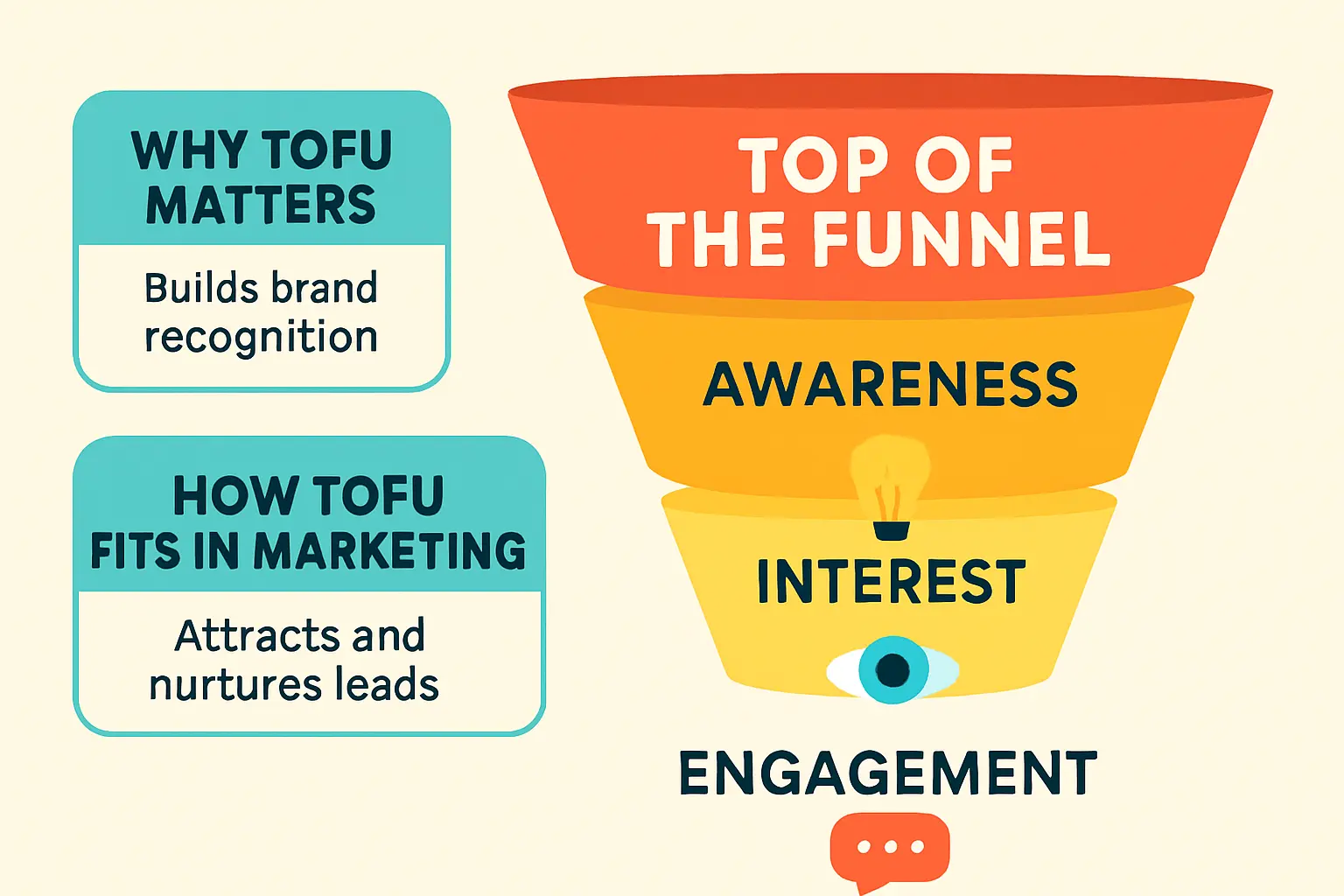 solar cell technology types can provide further context.
solar cell technology types can provide further context.
Ready to make big Profits?
The solar Industry is Booming
WE HELP NEWCOMERS to the solar industry start their own solar module production line. Customers can make BIG PROFITS by selling modules and finding investors, without wasting money and time on things they don't need!
The Sourcing Verdict for Cells
For a solar module assembly operation in Taiwan, sourcing cells domestically is the most logical and advantageous strategy. It offers several key benefits, including reduced logistical complexity by eliminating international shipping and customs. This approach provides direct access to some of the world’s most efficient solar cells and allows for closer technical collaboration and quality control with suppliers.
The Challenge of Sourcing Solar Glass in Taiwan
In stark contrast to its strength in cells, Taiwan has a very limited domestic manufacturing base for specialized solar glass. This component, which protects the cells and ensures light transmission, must meet specific criteria like low-iron content and high strength, making its production a specialized industrial process.
High Reliance on Imports
The vast majority of solar glass used by Taiwanese module manufacturers is imported. The primary sources are specialized, large-scale glass producers in mainland China and, to a lesser extent, Southeast Asian countries like Vietnam and Malaysia. These regions have achieved massive economies of scale, making it difficult for smaller, local producers to compete on price.
This import dependency introduces several planning factors into the solar module manufacturing process. Key considerations include long lead times requiring orders months in advance, significant shipping costs due to the weight and fragility of glass, and the need for larger inventory management to buffer against shipping delays.
The Sourcing Verdict for Glass
For entrepreneurs planning a module factory in Taiwan, importing solar glass is not a choice but a necessity. A robust international procurement strategy and a dedicated logistics plan must be part of the business plan from the outset.
Sourcing Aluminum Frames: A Mixed Landscape
Aluminum frames provide structural integrity to the solar module and are essential for mounting. Taiwan has a well-developed aluminum extrusion industry capable of producing a wide variety of industrial profiles, suggesting a ready potential for local sourcing.
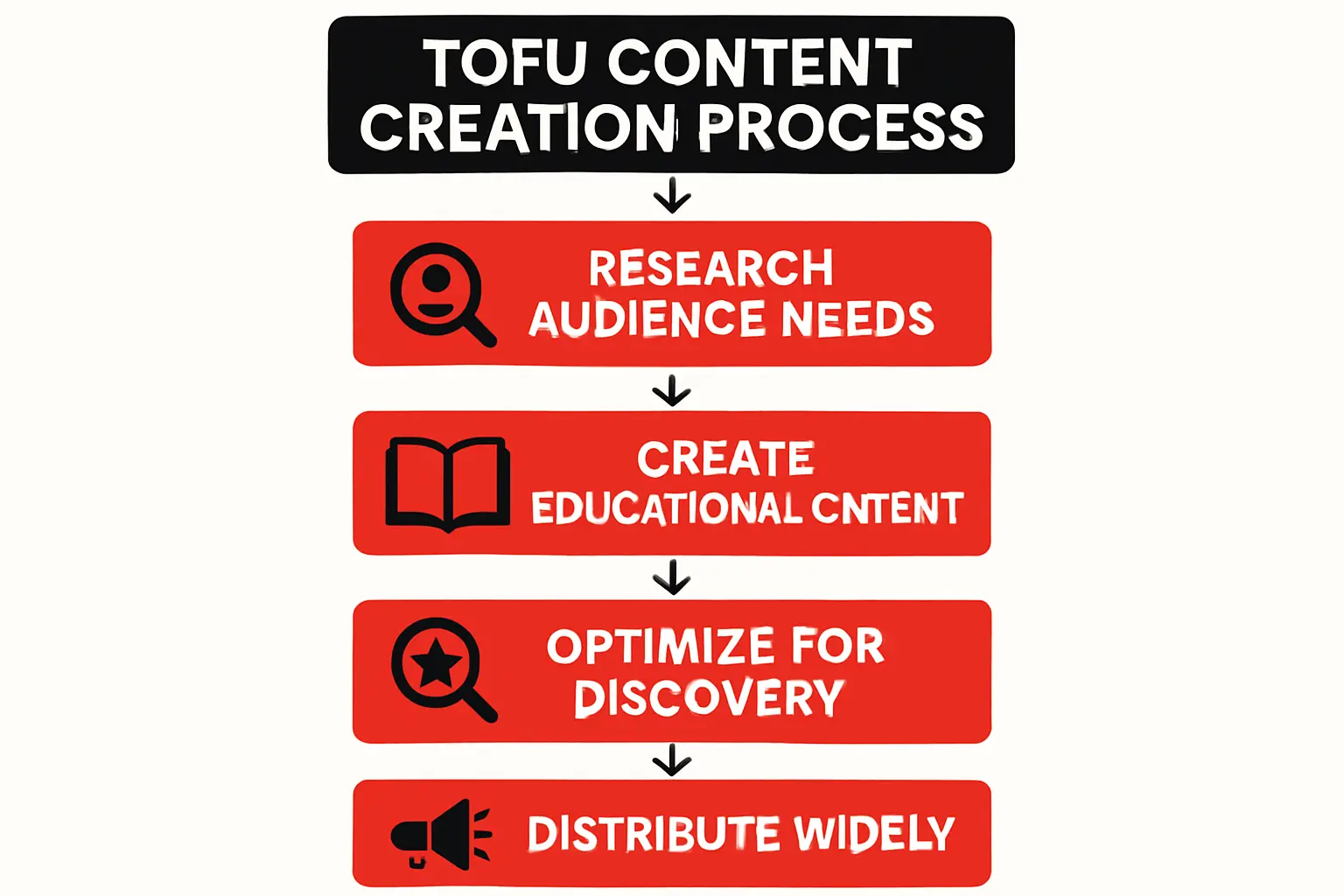
Local Capability vs. Global Economics
While local factories can technically produce aluminum frames for solar modules, the economic reality is challenging. Specialized manufacturers, again primarily in mainland China, produce millions of frames per month. Their scale allows them to optimize every step of the process—from sourcing raw aluminum to precision cutting and anodizing—driving down the cost per unit to a level that is difficult for non-specialized, smaller-volume producers to match.
The Sourcing Verdict for Frames
The decision on where to source frames depends on the manufacturer’s scale and business model. For large-scale production, importing frames is often the more cost-effective option due to the economies of scale enjoyed by overseas suppliers. For smaller or specialized production, sourcing locally may be viable, offering faster turnaround times and customization options valuable for niche products or pilot production runs.
A detailed cost-benefit analysis is essential, weighing the lower unit price of imports against the logistical simplicity and flexibility of local suppliers.
Assembling the Full Picture: A Balanced Sourcing Strategy
An effective sourcing strategy for a solar module factory in Taiwan is, by necessity, a hybrid one. Experience from J.v.G. Technology’s turnkey projects shows that establishing reliable import logistics for certain components is as critical as securing the assembly machinery itself.
- Solar Cells: Strong domestic supply. Action: Source locally.
- Solar Glass: High import dependency. Action: Develop a robust international procurement plan.
- Aluminum Frames: Mixed viability. Action: Conduct a detailed cost analysis comparing local and import options.
Other Components: Materials like EVA encapsulant and backsheets also typically fall under the import category, reinforcing the need for a strong global sourcing capability.
Understanding the initial investment for a solar factory requires a clear budget for these imported materials, including shipping and import duties.
Frequently Asked Questions (FAQ)
Why doesn’t a technology leader like Taiwan produce its own solar glass?
The production of solar glass is a capital-intensive industry that relies heavily on economies of scale. Global leaders have invested billions in massive factories that can produce glass at a very low cost per square meter. A new entrant in a high-cost environment like Taiwan would find it very difficult to compete with these established players.
Is it better to use high-efficiency cells from Taiwan or standard cells from elsewhere?
This depends entirely on the target market for the finished modules. Using premium, Taiwanese-made cells allows a manufacturer to produce high-performance modules that command a higher price in sophisticated markets like Europe, Japan, or the United States. If the target market is highly price-sensitive, sourcing lower-cost cells from other regions might be considered, though this would mean giving up the key domestic advantage Taiwan offers.
How do trade policies affect sourcing between mainland China and Taiwan?
Trade relations can be complex and subject to change. While established and reliable logistics channels exist, any business must work with experienced customs brokers and stay informed about current tariffs, regulations, and political dynamics that could impact the supply chain.
Can a small-scale manufacturer (under 50 MW) realistically source frames locally in Taiwan?
Yes, this is a scenario where local sourcing can be very advantageous. A local aluminum extruder may be more willing to work with smaller order quantities and offer custom designs. While the price per frame might be higher than a bulk import order, the reduced shipping cost, absence of import duties, and faster delivery times could make it the better overall financial decision for a smaller operation.
Conclusion and Next Steps
Launching a solar module manufacturing operation in Taiwan requires navigating a hybrid supply chain. The venture can be built upon a world-class domestic foundation of high-efficiency solar cells while simultaneously requiring a sophisticated international procurement strategy for essential components like glass, backsheets, and often frames.
This understanding is not a barrier to entry but rather a critical piece of strategic knowledge. By planning for this reality, an entrepreneur can create a resilient business model that leverages Taiwan’s unique strengths while effectively managing its supply chain dependencies.
With a clear picture of the component supply chain, the next logical step is to delve deeper into the key components of a solar module and the specific machinery required to assemble them into a finished, certified product.

